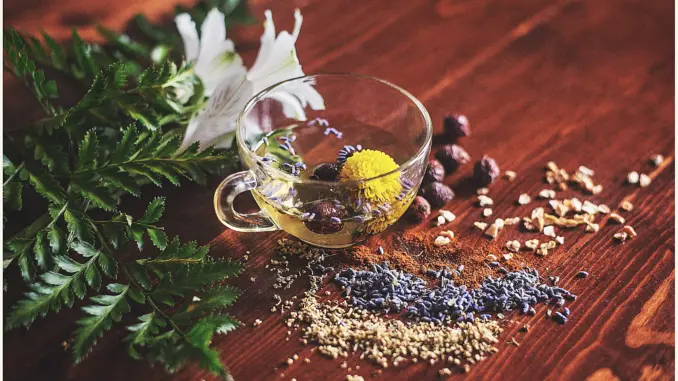
We explore the growing trend of employing natural ingredients for creating unique craft beverages.
BY VASILEIA FANARIOTI
SENIOR ONLINE CORRESPONDENT
Featured photo by Lisa Hobbs via Unsplash
As coffee lovers, we are all familiar with the pleasure of a well-crafted cup. However, there are so many other delicious craft beverages in today’s world that are just as worthy of our attention. To make these craft beverages unique, many creators turn to natural ingredients for their flavor and health benefits, creating delicious and healthy options for everyone to enjoy.
Today we’ll explore the growing trend of craft beverages and see how natural ingredients are making unique flavor profiles that reflect their local terroir. Read on for a deeper look into this exciting new world!
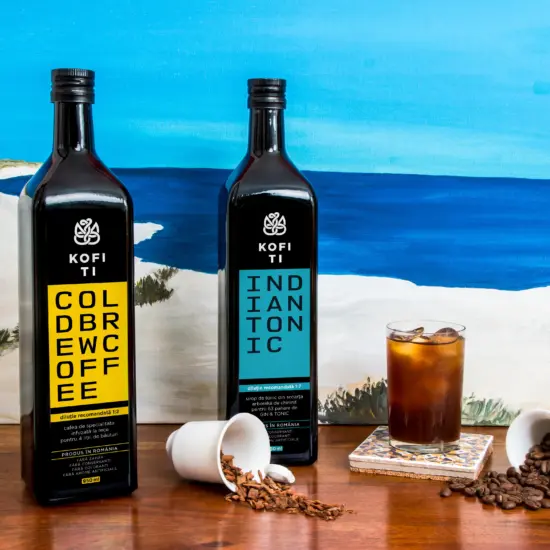
The Growing Popularity of Craft Sodas
From craft beers and specialty coffee to handmade soaps and artisanal ice cream, the need to create unique products and experiences that align with our personal visions has become increasingly prevalent. This trend is driven by a desire for creative expression and aesthetic engagement, and an aspiration for quality that is often absent in the industrialized world.
Craft businesses have embraced this movement as a way to create unique products that are true to their personal visions. By doing so, they are able to distinguish themselves and express their identity through their work. Craft brings forth a new wave of creative professionals who value engagement, expression, and authenticity.
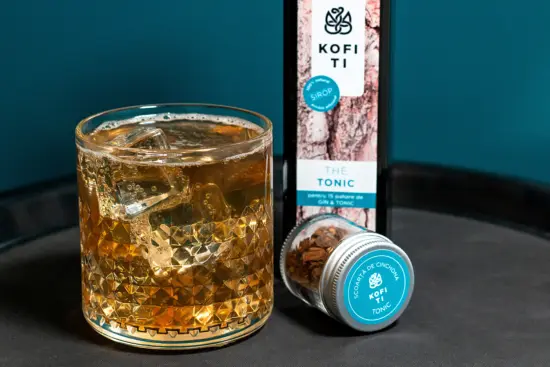
According to a Grand View Research report, craft sodas are becoming increasingly popular as a healthier alternative to traditional soft drinks. Companies are investing in new and innovative products, with the market size valued at USD $681.7 million in 2022. Experts expect it to grow further, with a compound annual growth rate of 5.1% from 2023 to 2030. The emergence of adopting a healthier lifestyle during the COVID-19 pandemic for many people has further contributed to the growing demand and sales of craft sodas.
Building Unique Drinks with Natural Ingredients
As the demand for craft beverages continues to grow, many companies are investing in unique and authentic ingredients. Rare herbs and botanicals, exotic fruits and vegetables, and other natural ingredients enhance the flavor profiles of craft drinks. But they can also provide health benefits. By using these seasonal ingredients, producers are able to create distinct products that reflect the geographical landscape of their region.
I recently had a chat about natural ingredients with Kofi Ti’s co-founder Cosmin Pasnicu. Kofi Ti is a cold-brew and craft-soda workshop in Romania. Their team sources rare and sensitive natural ingredients for use in their line of craft beverages.
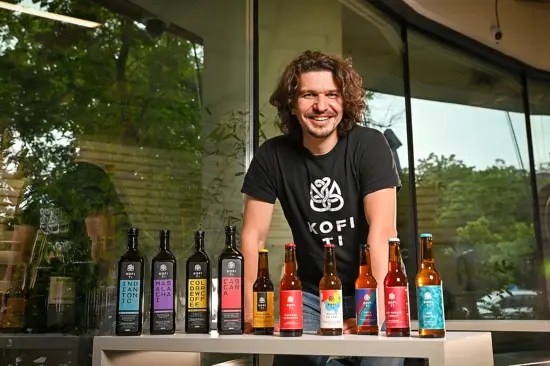
“We like to go to the core of it. For instance, we buy a special variety of lemons from Sicily that must be cold-pressed in a particular way, and then transported to Romania at -20 degrees. We also obtain slow-cold-pressed juice from a special organic sea buckthorn variety called Mara—it’s incredibly sensitive but yields an exquisite aroma and taste that can’t be found with other varieties. We use whole kola nuts to make our cola and whole cinchona bark (the only plant in the world with quinine) to craft our tonic waters.”
Kofi Ti is currently working on several ambitious new projects. One is a tonic water with mastiha resin and hops; there’s also a ginger beer with seaberry, thyme, and pepper. And they’re formulating ready-to-mix versions of their Kraft Kola and Elderflower Shrubs drinks.
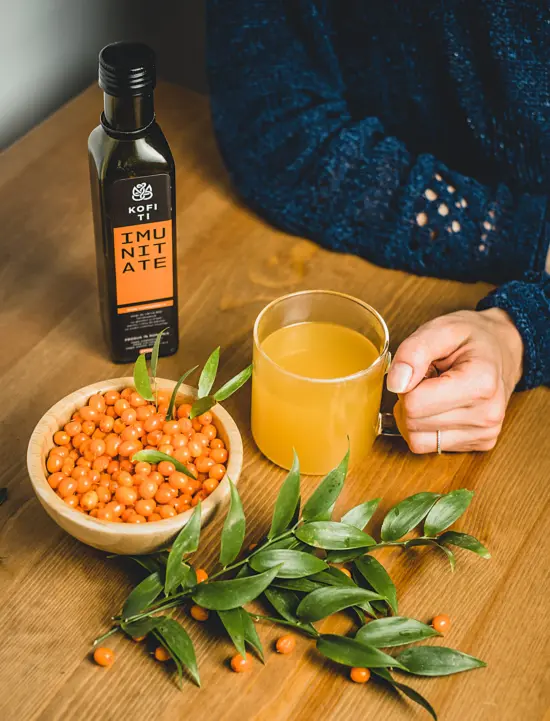
Embracing the Terroir of Craft Beverages
If there is one fruit that comes to mind when you think of Maine, it’s probably blueberries. Green Bee Craft Beverages is based in Brunswick, Maine, and founded by Chris and Lori Kinkade in 2010. The pair were instantly enamored with wild blueberries from Maine upon their first tasting. They quickly incorporated the fruit into their craft sodas and sparkling waters.
“We’ve gone straight to the fields at the height of harvest and hand-pressed the berries in small batches to offer a true taste of Maine’s native berry,” says Chris. “The berries, along with our use of Maine wildflower honey, result in a truly unique local beverage and a healthy alternative to mass-produced soda.”
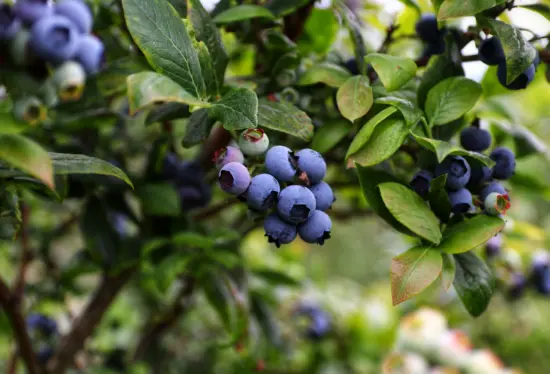
Terroir is a term often linked to the wine and food industry, as well as the specialty-coffee industry. But now, craft beverage producers are embracing this term too. Terroir refers to the environmental factors that influence a food or beverage’s characteristic qualities—such as soil, climate, and geography. Using ingredients that reflect their regional terroir such as Maine blueberries, craft beverages can be made with love and care for the environment they come from.
With the rising consumer demand for craft beverages, coffee shop owners have an exciting opportunity to explore the world of naturally crafted drinks. Diversifying their offerings with these unique concoctions can add a delightful twist to their business.
ABOUT THE AUTHOR
Vasileia Fanarioti (she/her) is a senior online correspondent for Barista Magazine and a freelance copywriter and editor with a primary focus on the coffee niche. She has also been a volunteer copywriter for the I’M NOT A BARISTA NPO, providing content to help educate people about baristas and their work. You can follow her adventures at thewanderingbean.net.
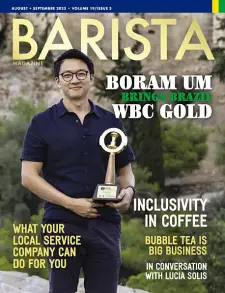
READ THE LATEST BARISTA MAGAZINE
Out now: It’s the August + September 2023 issue of Barista Magazine, featuring Boram Um of Brazil on the cover. Read it for free with our digital edition. Get your Barista Magazine delivered; start a subscription today! Visit our online store to renew your subscription or order back issues.

